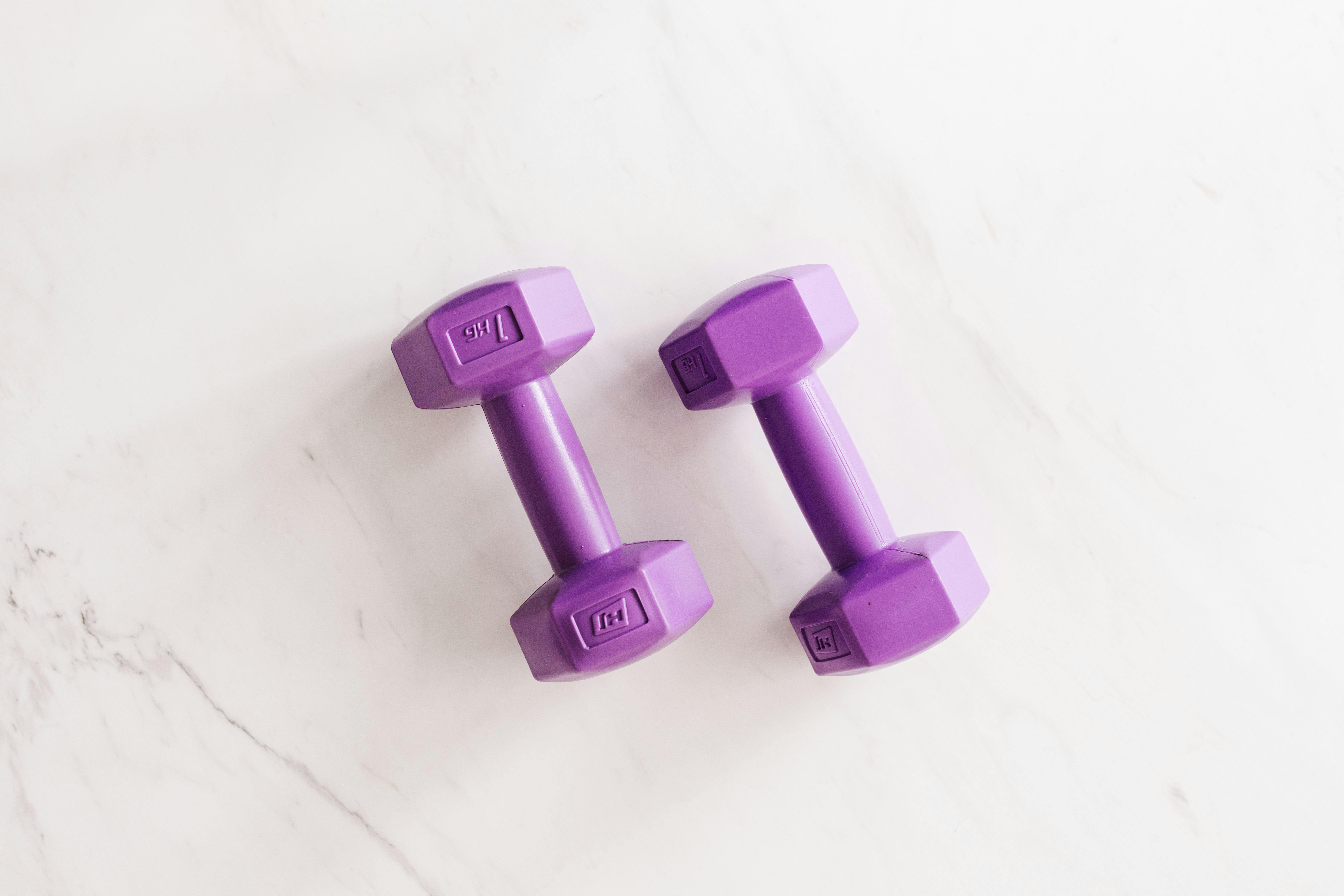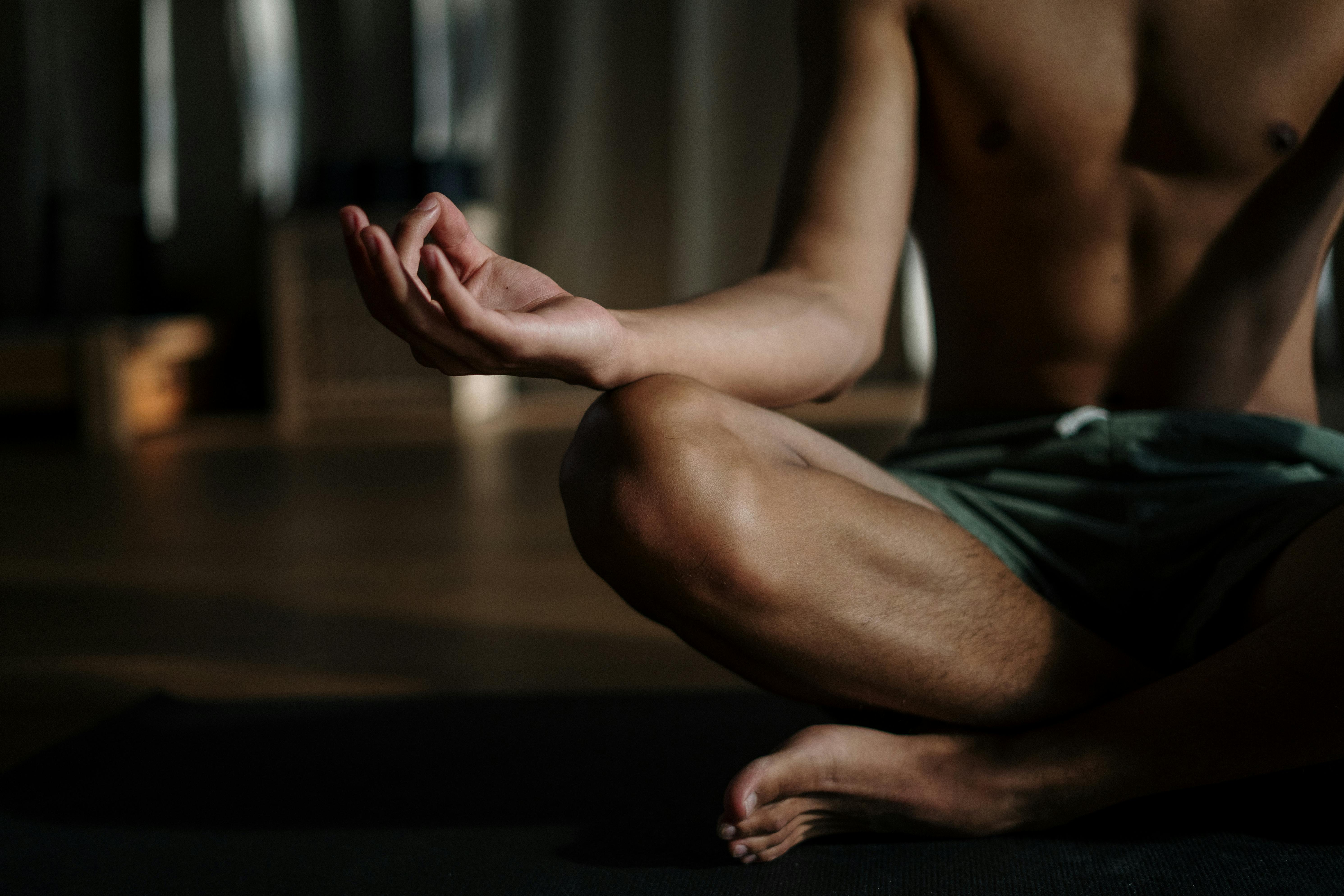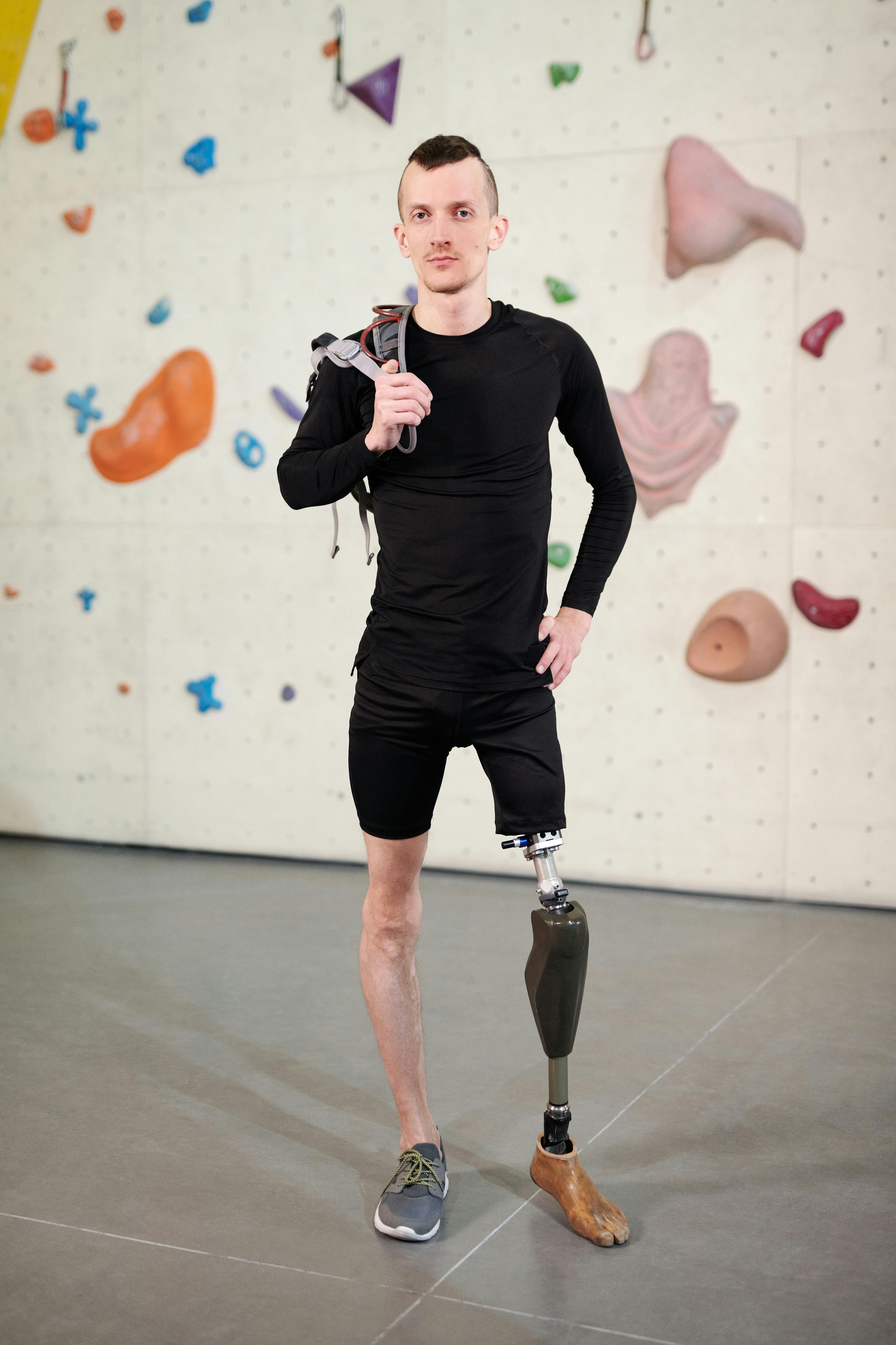How To Use Cycling Machine In Gym
Are you excited about using the cycling machine at the gym? Well, get ready to pedal your way to fitness! In this article, we will show you how to set up and use a cycling machine so that you can have a great workout. Whether you’re a beginner or an experienced cyclist, we’ve got you covered. So hop on your bike, and let’s get started!

Setting Up the Cycling Machine
Adjusting the Seat
To start using the cycling machine at the gym, the first step is to adjust the seat to the right height for you. Stand next to the bike and position the seat at hip height. Make sure you can comfortably reach the pedals when you’re sitting on the seat. Adjust the seat height by sliding it up or down and tightening it securely in place.
Setting the Handlebar
Now it’s time to set the handlebar. This will help you maintain a comfortable and proper riding position. Stand in front of the bike and adjust the handlebar height so that it is level with the seat or slightly higher. You should be able to reach the handlebar without slouching or straining. Make sure the handlebar is securely tightened before you continue.
Adjusting the Pedals
Next, let’s make sure the pedals are in the right position for your feet. The cycling machine usually has two types of pedals: toe clip pedals and clipless pedals. If your machine has toe clip pedals, adjust the straps to fit your feet snugly. If your machine has clipless pedals, attach the compatible cycling shoes securely.
Customizing Resistance Levels
Before you start cycling, it’s important to customize the resistance level. This will determine how hard or easy it is to pedal. Begin with a lower resistance level if you’re a beginner or warming up. As you get stronger and more comfortable, you can gradually increase the resistance. Adjust the resistance by turning the dial or pressing the buttons on the machine. Remember to choose a level that challenges you but still allows you to maintain good form.
Warming Up and Stretching
Importance of Warming Up
Warming up before any exercise, including cycling, is essential to prepare your body for the workout ahead. It helps increase blood flow, warms up your muscles, and reduces the risk of injuries. Spending a few minutes warming up will also help improve your performance during the cycling session.
Dynamic Stretches for Lower Body
To warm up your lower body muscles, try some dynamic stretches. Dynamic stretches involve moving parts of your body through a full range of motion. Some examples of dynamic stretches for your lower body include leg swings, high knees, and walking lunges.
Dynamic Stretches for Upper Body
While cycling mainly engages your lower body, it’s good to warm up your upper body as well. Dynamic stretches for your upper body can help increase flexibility and prevent muscle strain. You can do arm circles, shoulder rolls, and trunk twists to warm up your upper body muscles.
Stretching Before Cycling
After the warm-up, it’s time to do some static stretches before hopping on the cycling machine. Hold each stretch for about 20-30 seconds without bouncing, feeling a gentle pull in the targeted muscle. Focus on stretching your quadriceps, hamstrings, calves, and hip flexors to improve your cycling performance and prevent muscle tightness.

Getting Started with Cycling
Basic Cycling Technique
Now that you’re warmed up and stretched, it’s time to start pedaling! Begin by placing your feet on the pedals and securing them properly. Grip the handlebars with a firm but relaxed grip and position your body upright. To pedal, push one foot down while the other foot comes up. Maintain a smooth and circular pedal motion throughout your ride.
Correct Cycling Posture
Having the correct posture while cycling is crucial for comfort, safety, and efficiency. Keep your back straight and your shoulders relaxed. Engage your core by slightly tucking in your abdominal muscles. It’s important not to slouch or lean too far forward, as this can strain your back and neck.
Maintaining Proper Grip
A proper grip on the handlebars will help you maintain control and stability while cycling. Grip the handlebars with your palms facing downward and your fingers gently wrapped around the handle. Avoid gripping too tightly, as it can cause unnecessary tension in your upper body.
Starting Slowly and Gradually Increasing Pace
When you first start cycling, don’t rush into high speeds or intense workouts. Begin your session at a comfortable and easy pace. Focus on maintaining proper form and gradually increase your speed and intensity as you feel more comfortable and confident. Remember, it’s always better to start slow and build up than to push too hard and risk injury or fatigue.
Monitoring and Adjusting Intensity
Understanding Heart Rate Zones
Monitoring your heart rate is an effective way to gauge your workout intensity. Different heart rate zones indicate different levels of effort. Easy or warm-up workouts fall in the lower heart rate zones, while high-intensity workouts fall in the higher zones.
Using Heart Rate Monitors
To monitor your heart rate while cycling, you can use a heart rate monitor. These handy devices can be worn on your wrist or chest and provide real-time feedback on your heart rate. By keeping an eye on your heart rate, you can adjust your intensity to stay within your desired zone.
Adjusting Resistance Levels
Another way to adjust your workout intensity is by changing the resistance levels on the cycling machine. Increase the resistance level to make the pedaling harder, which will raise your heart rate and challenge your muscles. Decrease the resistance level to make the pedaling easier and allow for recovery periods during your workout.
Increasing/Decreasing Speed and Cadence
In addition to adjusting resistance, you can also manipulate your speed and cadence to modify intensity. Speed refers to how fast you pedal, while cadence refers to the number of pedal revolutions per minute. Increasing speed and cadence will make your workout more challenging, while decreasing them will provide a lighter workout.

Interval Training on the Cycling Machine
Benefits of Interval Training
Interval training involves alternating between periods of high-intensity exercise and periods of rest or lower intensity. It’s an effective way to improve cardiovascular fitness, burn calories, and boost endurance. Interval training on the cycling machine can be a fun and challenging workout that yields impressive results.
Setting Up Interval Programs
Most modern cycling machines have preset interval programs that you can use. These programs automatically alternate between high-intensity segments and recovery periods. Choose a program and adjust the time or intensity settings as needed. Alternatively, you can create your own intervals by manually adjusting the resistance, speed, and cadence.
Warm-up for Interval Training
Before diving into the high-intensity intervals, it’s important to warm up properly. Spend about 5-10 minutes pedaling at an easy pace to get your muscles warmed up and ready for the intense bursts of exercise. A proper warm-up will help prevent injuries and prepare your body for the workout ahead.
Executing the Intervals
Once you’ve completed the warm-up, it’s time to start the intervals. Go all out during the high-intensity segments, pushing yourself to your maximum effort. Then, during the recovery periods, pedal at an easy pace to catch your breath and allow your heart rate to come down. Repeat these intervals for the desired duration or as instructed by a trainer.
Using the Cycling Machine for Endurance
Determining Your Endurance Goals
If endurance is your goal, the cycling machine is an excellent tool to help you achieve it. Start by setting specific goals, such as increasing your cycling time or distance. Gradually increase the duration and intensity of your workouts to build up your endurance over time.
Pacing and Consistency
When working on endurance, pacing yourself and maintaining consistency are key. Find a pace that you can sustain for a long period without exhausting yourself too quickly. It’s better to go for longer durations at a moderate intensity than to push too hard and burn out too soon. Aim for steady progress and avoid sudden spikes in intensity.
Choosing Appropriate Resistance
To build endurance, choose a resistance level that allows you to maintain a steady and challenging pace throughout your workout. Ideally, you should feel fatigued by the end but still be able to complete the session. Adjust the resistance as needed to find the right balance of challenge and sustainability.
Maintaining a Steady Rhythm
Maintaining a steady rhythm while cycling will help you conserve energy and prevent unnecessary strain on your muscles. Keep your pedaling cadence consistent and avoid sudden surges or slows. This rhythmic approach will help optimize your endurance training session and build your stamina.

Incorporating Hill Climbs and Sprints
Benefits of Hill Climbs and Sprints
Incorporating hill climbs and sprints into your cycling routine can provide additional challenges and benefits. Hill climbs simulate riding uphill, which engages different muscles and increases resistance. Sprints, on the other hand, help improve your speed and power.
Adjusting Resistance for Hill Climbs
When simulating hill climbs on the cycling machine, increase the resistance level to mimic the effort required to pedal uphill. The higher resistance will make it harder to pedal, forcing your muscles to work harder and build strength. Adjust the resistance gradually to find the right level of challenge.
Technique for Hill Climbs
When climbing hills on the cycling machine, it’s important to maintain good form and technique. Sit up straight, engage your core, and relax your upper body. Focus on using your leg muscles to power through the climb and maintain a consistent rhythm. Breathing steadily and using diaphragmatic breathing can also help you tackle the uphill challenge.
Technique for Sprints
Sprints involve high-speed pedaling for short bursts of time. To sprint effectively, increase your speed and pedaling cadence while maintaining proper form. Focus on maximizing the power in each pedal stroke and maintaining control and balance. Remember to always warm up before attempting sprints and gradually build up your speed and intensity.
Avoiding Common Mistakes
Cycling with a Rounded Back
One common mistake to avoid when using the cycling machine is rounding your back. Maintaining a flat and neutral spine is important for proper posture and spinal alignment. Avoid hunching over the handlebars or letting your back curve. Engage your core and keep your back straight throughout the workout.
Excessively High Resistance
While increasing resistance can challenge your muscles, using excessively high resistance levels can lead to strain or injury. It’s important to find a balance between challenging yourself and maintaining proper form and technique. Listen to your body, and if you feel any pain or discomfort, decrease the resistance or adjust your posture.
Pedaling Too Fast or Slow
Pedaling at an excessively fast or slow cadence can impact your cycling efficiency and effectiveness. Pedaling too fast with a low resistance level may cause unnecessary strain on your knees and reduce the effectiveness of the workout. Pedaling too slowly with high resistance can lead to muscle fatigue and limit your cardiovascular benefits. Aim for a comfortable and consistent cadence that allows you to maintain good form and pedaling technique.
Neglecting to Hydrate
Staying hydrated is crucial during any exercise, including cycling. Make sure to bring a water bottle to the gym and take regular sips throughout your workout. You may also consider using a sports drink that replenishes electrolytes lost through sweat. Hydration helps maintain proper body temperature, prevents dehydration, and aids in optimal performance.

Cooling Down and Stretching
Importance of Cooling Down
Just as warming up is important, cooling down after your workout is equally essential. Cooling down allows your heart rate to gradually return to its resting state, helps prevent dizziness or lightheadedness, and reduces muscle soreness. Spend at least 5-10 minutes pedaling at an easy pace to gradually decrease your intensity.
Gradually Reducing Intensity
During the cool-down phase, gradually reduce the resistance level and speed of your pedaling. Aim to reach an easy and comfortable pace that allows your body to recover. Take deep breaths and focus on relaxing your muscles as you wind down from your workout.
Static Stretches for Lower Body
After the cool-down, it’s time to stretch your muscles. Perform static stretches, where you hold each stretch for about 20-30 seconds without bouncing. Focus on stretching your lower body muscles, such as your quadriceps, hamstrings, calves, and glutes. Hold each stretch gently without forcing, and breathe deeply throughout the stretches.
Static Stretches for Upper Body
While cycling mainly engages your lower body, it’s beneficial to stretch your upper body as well. Perform static stretches for your upper body, including your shoulders, chest, and arms. Stretching your upper body muscles will help release any tension that may have built up during the workout.
Proper Maintenance of the Cycling Machine
Cleaning and Wiping Down
Proper maintenance of the cycling machine is important to ensure its longevity and optimal performance. After each use, take a few minutes to clean and wipe down the machine. Use a clean cloth or towel to remove any sweat or moisture from the seat, handlebars, and frame. This will help prevent corrosion and keep the machine in good condition.
Checking and Adjusting the Belt Tension
For cycling machines with a belt drive system, it’s important to periodically check and adjust the belt tension. A loose or sagging belt can affect the smoothness and efficiency of your ride. Follow the manufacturer’s instructions for your specific machine to adjust the belt tension properly. If you’re unsure, ask a gym staff member for assistance.
Lubricating Moving Parts
To keep the cycling machine running smoothly, it’s recommended to regularly lubricate the moving parts. Apply a small amount of lubricant to the chain or belt and any other moving parts as instructed by the manufacturer. This will reduce friction, prevent excessive wear, and help maintain a quiet and efficient ride.
Regularly Inspecting for Wear and Tear
Lastly, regularly inspect your cycling machine for any signs of wear and tear. Check the pedals, seat, handlebars, and frame for any loose or damaged parts. If you notice any issues, inform the gym staff immediately so they can address the problem and ensure your safety. Regular maintenance and inspections will help keep the cycling machine in optimal condition for a long time.
As a child, it’s important to understand how to set up and use a cycling machine at the gym properly. This comprehensive article guides you through every step of the process, from adjusting the seat and handlebar to customizing resistance levels. It also explains the importance of warming up and stretching before starting your cycling workout. Once you’re all set up, the article provides tips on basic cycling technique, maintaining proper grip, and starting slowly to gradually increase your pace. Monitoring and adjusting intensity is also covered, including understanding heart rate zones, using heart rate monitors, and adjusting resistance levels to challenge yourself. For a more advanced workout, the article guides you through interval training, using the cycling machine for endurance goals, and incorporating hill climbs and sprints. It also highlights common mistakes to avoid, such as rounding your back or pedaling too fast or slow. After your workout, the article explains the importance of cooling down and stretching to prevent muscle soreness. It concludes with tips on proper maintenance of the cycling machine, including cleaning, checking belt tension, lubricating moving parts, and regularly inspecting for wear and tear. By following these guidelines, you can confidently and safely use a cycling machine at the gym and enjoy the benefits of a great workout.


Pingback: Which Machine In Gym Burns Most Calories